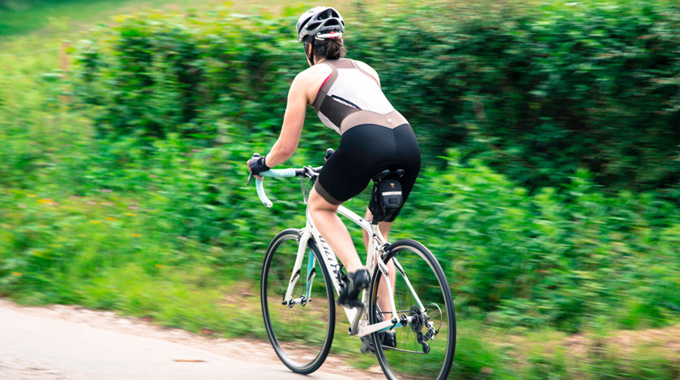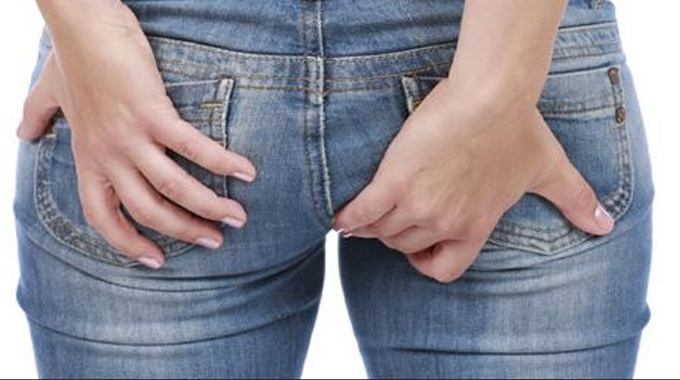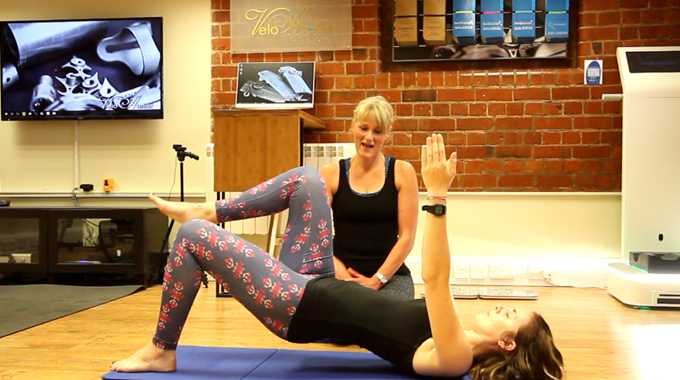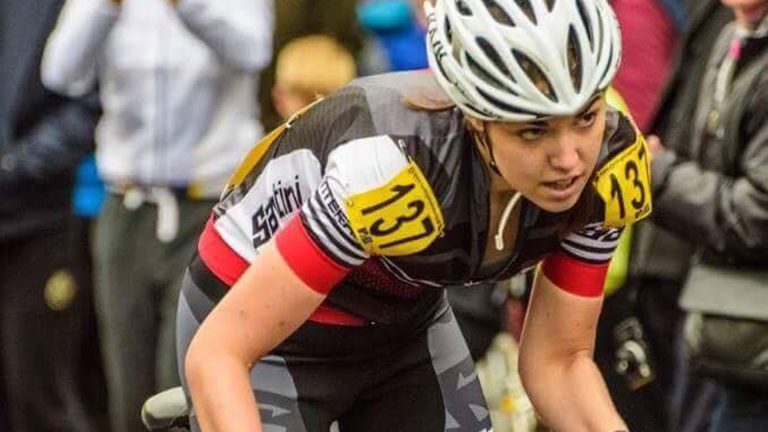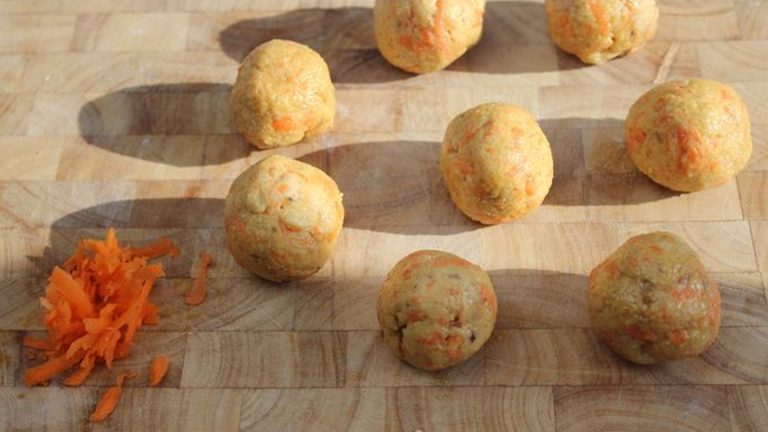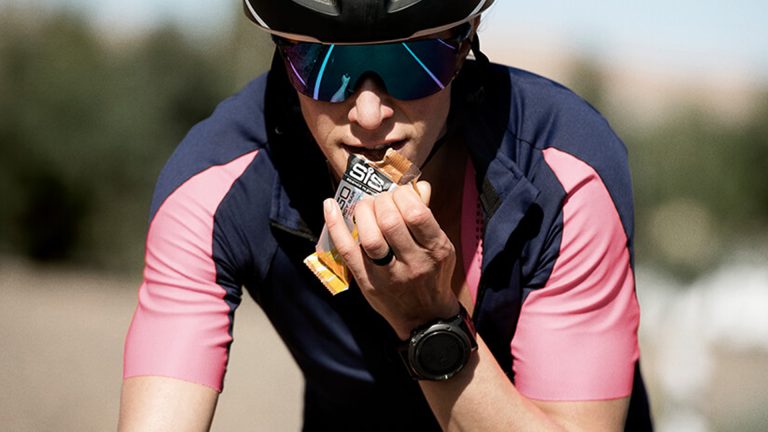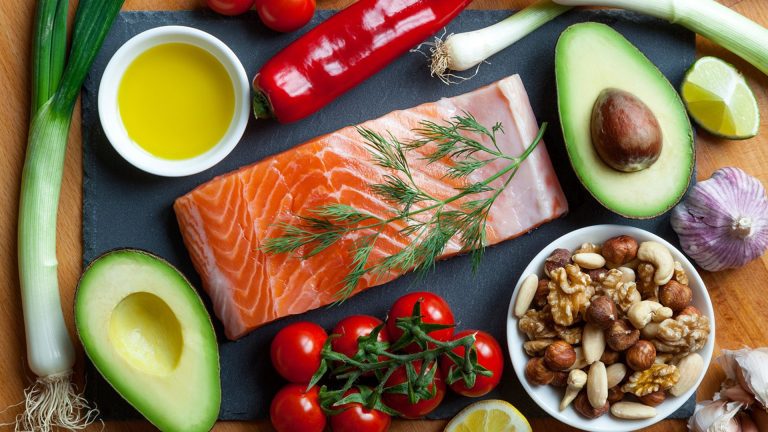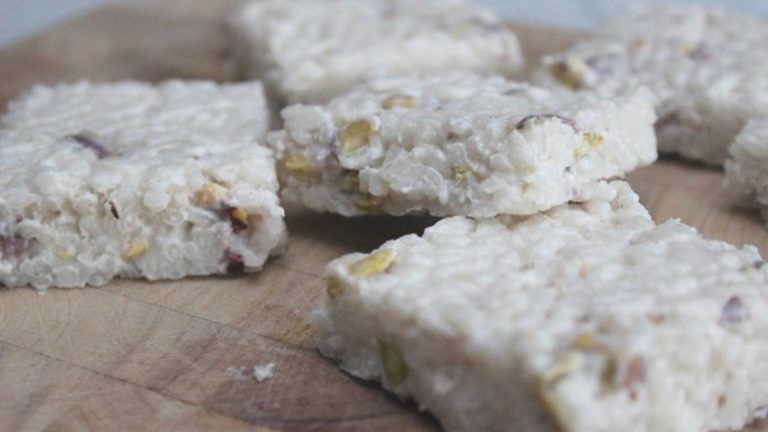What exercises are recommended?

There are many exercises you can use to strengthen your Gluteals – but Kerry has her favourites, which she shared with us – saying: “If you want to become a stronger cyclist and reach your peak performance, all your systems must be operating as a single coordinated unit.
Video: Glute Stretch for Cyclists
“Yes, your legs, hips and buttocks do generate the majority of your cycling power, but to stabilize the lower half of your body, you need to have a strong abdomen, back and upper body. My favourite exercises activate the Glutes but still condition the rest of the body in unison.”
Stiff Leg Deadlifts
These focus on the whole posterior chain – which means you strengthen more than just targeted muscles. Both exercises also replicate the movement of your legs when you are bent forward in your handlebar drops or aero bars.
The stiff leg deadlift is slightly different to a standard deadlift, and Kerry suggested this video as a demonstration of great form.
Barbell Squat
This mimics the downstroke of your pedalling motion – to maximise the benefit, stand with your feet mimicking their position on the pedals.
See the front squat here and standard barbell squat here.
Bulgarian Split Squat
This is similar to the reverse lunge but one leg is placed on a raised object, with more weight going through the leg in front, as pictured below. This trains each leg individually and stretches your hip flexors at the same time. Check out this video for a demonstration.
Band Lateral Walks
A popular exercise to exercise the smaller Gluteal muscles – these can look funny but are very useful. Begin by lopping an exercise band (or an old inner tube!) around your ankles, or just above your knee joint – then do small side steps, keeping the tension on the elastic band for approx. 5 metres in one direction before returning to the start point. Build up to 10 metres as you progress.
We hope these exercises help you to be stronger, faster, and more robust for the coming summer season – but don’t forget to keep stretching, as this will always help keep injury at bay!
You may also enjoy:
Will cycling make your thighs bigger?
How to use a foam roller for tired muscles
Everything you need to know about getting started with Zwift


